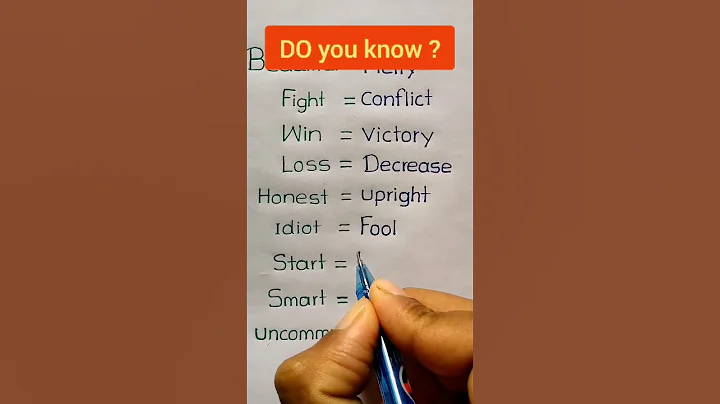The size of the atomic radius or ionic radius, which is related to the number of electron layers, the number of nuclear charges of , and the number of electrons of outside the nucleus .

In middle school chemistry, we mainly compare the atomic radius and ionic radius of main group element and short-period elements, try to have certain regularity, but there are some exceptions, Therefore, it can only be said that it is a general rule.
(1) Atomic radius of elements of the same period
The of elements of the same period , from left to right, as the number of nuclear charges increases, the atomic radius gradually decreases (noble gas except for atoms of elements). For example, the atomic radius of each element in the third period is: Na>Mg>Al>Si>P>S>Cl.
(2) Atomic radius of elements of the same main group increase. For example, the atomic radius of alkali metal element is: Li
(3) The size comparison between the atomic radius of the same element and the corresponding ionic radius formed by it
There are two Cases:
① cation radius is smaller than the corresponding atomic radius. For example, Na+ ionic radius is smaller than Na atomic radius, and Mg2+ ionic radius is smaller than Mg atomic radius. This is because the cation has one less electron shell than the corresponding atom.
② Anion The radius is much larger than the corresponding atomic radius. For example, the Cl- ion radius is much larger than the Cl atomic radius, and the S2- ionic radius is much larger than the S atomic radius. This is because the number of electron shells of the anion and the corresponding atom is the same, but the number of electrons on the outermost electron shell of the anion has reached a stable structure, which is more than the number of electrons on the outermost electron shell of the corresponding atom.
(4) When atoms of the same element show different valence states (covalent), the higher the valence state, the smaller the atomic radius. For example, the radius of S atom in H2SO4 molecule is smaller than the radius of S atom in H2SO3 molecule.
(5) Ions formed with main group elements,From top to bottom, as the number of nuclear charges increases, the number of electron layers increases, and the ionic radius gradually increases. For example, the radius of cation formed by alkali metal elements is: Li+
(6) The ions formed by the same period element should be divided into two sections when comparing their radii.
① For cations formed by elements of the same period, from left to right, the cation radius gradually decreases as the number of nuclear charges increases. For example, the size of the cation radius in the third cycle is: Na+>Mg2+>Al3+.
② For the anions formed by elements of the same period, from left to right, the anion radius gradually decreases as the number of nuclear charges increases. For example, the size of the anion radius in the third cycle is: S2->Cl-.
It must be noted that the radii of cations in the same period are all smaller than the radii of anions in the same period.
(7) For ions with the same electron arrangement outside the nucleus (whether it is a cation or an anion), the ionic radius gradually decreases with the increase of the nuclear charge. For example, the anions in the second cycle and the cations in the third cycle have the same arrangement of electrons outside the nucleus, and the radii of these ions are: O2->F->Na+>Mg2+>Al3+.
(8) For cations with different charges formed by the same element, the ion with more charges has a smaller radius. For example, Fe3+ ion radius is smaller than Fe2+ ion radius.
(9) Among the ions of common short-period elements,The radius of the H+ ion is the smallest. The sizes of other common ionic radii can be summarized in the following table:

The Ne and Ar listed in the table are for the convenience of dividing the period for comparison, and the ions on their left are elements of the same period as them ions, the ions to their right are the ions of their next period element. The electrons outside the ion nucleus in the same row are the same, and the lower row has one more electron layer than the upper row. Ne and Ar atomic radii are special and are not included in the comparison. The F- and K+ ions listed in the table have similar radii. N3-, P3- only exist in dry state, such as Mg3N2 , Ca3P2 reacts with water immediately in water, from ionic state to covalent state:
Mg3N2+6H2O====3Mg(OH )2+2NH3↑
Ca3P2+6H2O====3Ca(OH)2+2PH3↑
O2- can not exist in aqueous solution, it reacts with water to generate OH - , it can be seen that Na2O , K2O , BaO, CaO completely react with water to form an alkaline solution.
.










